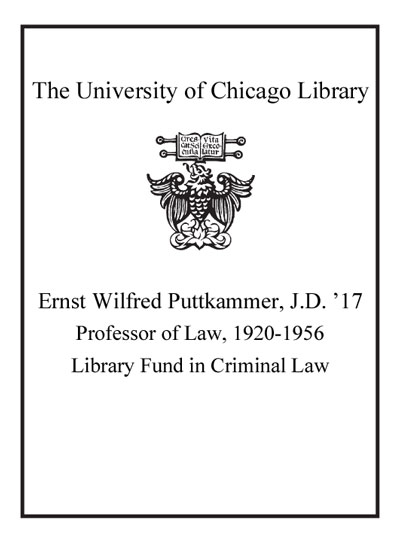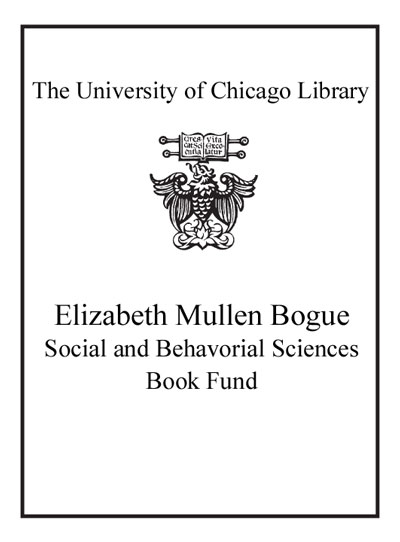Review by Choice Review
Some criminal acts are directed at individuals because of who they are, e.g., women, various minorities. Starting in the 1980s, states began to codify these as "hate" or "bias" crimes. In seven chapters, Jenness (criminology, Univ. of California, Irvine) and Grattet (sociology, Univ. of California, Davis) tell how this came to be. The process begins with a "social movement"--a large and dispersed collection of people who define some situation as a problem that requires legal redress. The anti-hate crime movement emerged out of the Civil Rights Movement and the feminist movement. In 1990 and 1994, three federal laws dealing with hate crimes were passed. In 1981 Washington and Oregon passed hate crime laws, legislative action that diffused through 39 more states by 1998. Judicial interpretations followed from cases that challenged the laws on grounds of constitutionality, resulting in some convergence of official views. Finally, the laws were and are manifested in the actions of police and prosecutors in enforcing or failing to enforce them, depending on their interpretations of specific criminal actions. Thoroughly researched but dully written, this book is marred by implanting the story in a web of somewhat obscure sociological ideas. Graduate students and faculty. D. Harper University of Rochester
Copyright American Library Association, used with permission.
Review by Choice Review


